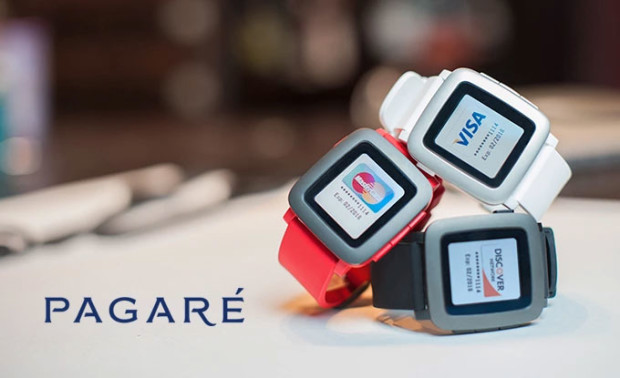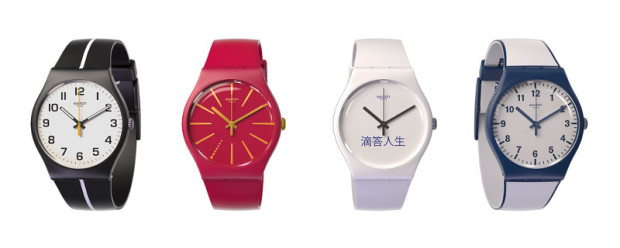 Mobile and wearable payment adoption is expected to skyrocket over the next few years. A new study by Juniper Research predicts that mobile and wearable contactless payments could hit US$95 billion (about CA$122 billion) annually by 2018. In comparison, mobile payments hit US$35 billion last year.
Mobile and wearable payment adoption is expected to skyrocket over the next few years. A new study by Juniper Research predicts that mobile and wearable contactless payments could hit US$95 billion (about CA$122 billion) annually by 2018. In comparison, mobile payments hit US$35 billion last year.
Sales of smartphones and other mobile devices have dwarfed those of wearables to date and will likely to do so into 2018 and likely beyond. As a result, wearables are not expected to account for more than about 2% of non-card contactless payments by value in 2018. That still translates to US$1.9 billion. With mobile and wearable payments focused on smaller transactions, that’s still an impressive number (and a lot of coffees). Unsurprisingly, watches and wristbands will account for most of the wearables contactless transactions.
Juniper credits Apple for “a sea change in the NFC ecosystem,” with a growing number of smartphones and wearables now sporting NFC solutions to enable mobile and wearable payments. “Apple’s entry into NFC gave the industry a much needed boost, and could well be seen as the tipping point for the technology,” writes research co-author Nitin Bhas.

Along with the Apple Watch, a number of other wearables offer NFC and contactless payment capabilities. Examples include the Samsung Gear S2, Swatch Bellamy (pictured above) and the Pagaré smartstrap for the Pebble Time (pictured at the top). Even luxury brands such as Bulgari and Hublot are getting into the game thanks to their recently announced partnership with Mastercard.
Do you already use your smartwatch or wearable to make payments? Let us know below.
Source : Juniper Research
